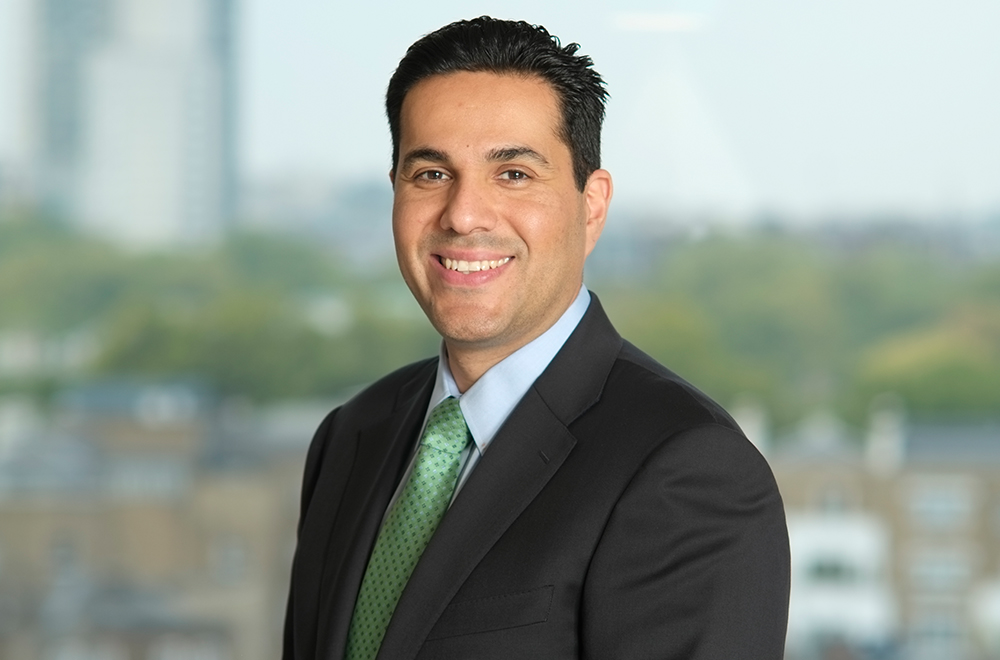By Hamlin Lovell, NordicInvestor
Short term volatility, long term opportunity?
While Emerging Markets is an asset class that can have bouts of volatility, it is difficult for investors to ignore given its diversification benefits, attractive valuations and the fact that about 70% of global economic growth emanates from it.
“Volatility is here to stay. The asset class benefited from inflows, including from tourist investors chasing yields, due to negative yields in Europe, and very low rates in the US” says Jupiter Emerging Markets Fund Manager, Alejandro Arevalo.
Emerging Markets started the year on a very strong note due to several external risks, which were the main drivers of volatility in 2018, abating.
The US/China tensions escalated during 2018. Though there are now hopes that the truce agreed after the G20 summit will last, “Trump’s desire to reduce the US trade deficit and address alleged theft of intellectual property may find a way to live with China’s aspiration to break out of the middle-income trap and transition to a developed market economy, as embodied in its “Made in China 2025” and “One Belt, One Road’ goals. Recent economic numbers show China’s growth slowing. Given the size of its economy, we do not expect China will find it easy to maintain growth of 6%, even with its recent loosening of fiscal and monetary policy, but equally do not foresee a hard landing” says Arevalo.
On the other hand, with the US consumer under palpable pressure in areas such as auto loans and credit cards, hopes of a pause in Fed rate rises proved to be a positive catalyst for emerging markets. A stabilisation – or decline – of the US Dollar could also be constructive for emerging markets, near term.
Longer term, Arevalo argues that EM will be able to weather another US rate rise cycle: “While emerging markets had a difficult time during the 1994 rate rises given that the Fed surprised the markets by the speed and size of hikes, nowadays the Fed is obsessed with transparency, allowing EM economies enough time to adjust to policy changes. For instance, emerging markets performed well during the well-telegraphed rate rises between 2015 and 2017”.
Longer term investors could review a 15-year lookback, over which hard currency emerging market corporate debt has generated a Sharpe ratio of around two, which is more than other sub-asset classes within EM: hard currency sovereigns, local currency sovereigns.
Differentiation and fundamentals
To some degree, Arevalo feels that the shakeout in 2018 represents a re-assertion of fundamentals: “we saw significant spread tightening in EM during the two previous years, and in some cases mispricing of risk, as low-quality companies and sovereigns issued debt at extremely tight spreads that did not reflect fundamentals. Some of these issuers will have to restructure if they cannot refinance their debt.”
But in other cases, indiscriminate selling of the entire asset class, driven partly by thematic and macro investors, can mean that “the baby has been thrown out with the bathwater”.
Differentiation and careful issuer selection is crucial given the diversity of emerging markets. Some generalisations about the asset class are not representative of the majority of emerging market countries.
Though there have been genuine fundamental problems in countries such as Argentina and Turkey, they have some of the highest current account deficits of the EM universe of 60 countries. At the other end of the spectrum, there are very well managed EM countries with inflation anchored, sustainable growth, low levels of debt and strong independent institutions.
Similarly, certain countries with large amounts of USD debt may be vulnerable to the stronger US Dollar, but on average sovereign and corporate USD debt, taken together, only add up to 33% of GDP for EM countries. “As savings pools have grown, local markets have deepened considerably, to the point where 85% of all EM debt is in local currency now” says Arevalo. This mitigates the asset/liability mismatch that has precipitated historical crises, and should make the asset class more resilient.
Hard currency corporate debt
Indeed, emerging market credit has held up relatively well in 2018, outperforming both hard and local currency sovereigns. The investible USD EM corporate debt market is now worth $2.2 trillion, more than twice the size of the USD sovereign market at around $1 trillion. Hence Jupiter’s first emerging market credit launch was a daily dealing global EM corporate debt fund, the Jupiter Global Emerging Markets Corporate Bond, tapping into the fastest growing asset class. “Concerns about liquidity are unfounded” says Arevalo.
Moreover, in some cases emerging markets corporates and financials can have higher credit ratings than governments: “Close to 60% of the corporate universe is investment grade while 50% of the sovereign benchmark is high yield, having been downgraded during the last cycle” he points out. “And through bottom-up analysis, you can find good credits even in bad countries” he adds. (Quasi-sovereigns can sit in a sovereign index when they are 100% owned by the government, eg Pemex, or a corporate index when state ownership is lower, eg Petrobras).
Arevalo has a strong track record of outperformance, including a three-year portable track record that earned a five-star Morningstar rating, from his former role at Pioneer Investments. His Jupiter Global Emerging Markets Corporate Bond has outpaced the benchmark by around 2% since inception, and is, as of December 2018, one of only three out of 48 in the peer group to have beaten the benchmark in 2018. The strategy is not bound by any specific tracking error constraint. The strategy’s maximum drawdown, at 1.5%, has also been lower than the 4% average of peers, partly due to being reasonably well diversified: “I tend to have 100-120 names to get diversification” says Arevalo
Active management of country exposures has also helped. Geographic weightings have been rebalanced as Arevalo has recently found value in Asia’s wide investment grade universe. He is one of only 300 Guatemalans living in London, and he follows Latin America closely. Exposure to the region has been increased after elections in Latin America led to more market friendly governments, in Colombia and Brazil, if not in Mexico. He is mindful of 2019 election risk in Argentina, where Macri may not secure re-election due to the clear unpopularity of some IMF-mandated and other reforms, raising the spectre of a return to Christina Kirchner’s less market friendly agenda.
Arevalo remains underweight of Turkish debt, based partly on forecasts of higher inflation and recession next year.
Asset allocation decisions
“The Jupiter Global Emerging Markets Corporate Bond acts as a useful building block for investors who have already made the asset allocation decision to select EM corporate debt within EM” says Arevalo. For those investors who prefer to delegate the asset allocation decision, Jupiter’s short duration strategy, the Jupiter Global Emerging Markets Short Duration Bond, has flexibility to move around between hard and local currency sovereign and corporate debt, subject to its ceilings on interest rate duration exposure: average effective duration cannot exceed three years.
Longer or shorter duration
As such, the Jupiter Global Emerging Markets Short Duration Bond could also appeal to investors who want to dial down risk and volatility in a more defensive strategy.
The short duration strategy does not actually have a benchmark because Jupiter could not find an appropriate one for its flexible mandate to invest in sovereigns, corporates, and short duration. A blend of sovereign and corporate indices would not work, partly because bonds with less than 12 months’ remaining to maturity, are not present in benchmarks; and the sovereign benchmark contains too much high yield, which is not in line with the fund’s mandate to have a minimum average rating of BB. Nonetheless, the fund has outperformed many EM indices by delivering positive returns at the end of 2018.
The other advantage of a short duration approach is that if yields do blow out further, there is more optionality and ability to redeploy the proceeds from maturing bonds into higher-yielding paper. Some 55% of the short duration fund matures over the next 12-18 months.
At the same time, the steepening of yield curves has tempted Arevalo to selectively buy some longer dated paper for the increased yield pickup it offers. The average duration of the strategy is two and a half years, but this is made up of both longer and shorter dated bonds. Arevalo does not use derivatives or short Treasuries to adjust duration.
Local or hard currency?
Either of the two strategies can invest up to 25% in local currency bonds. At the beginning of 2019, the fund re-entered local currencies after being absent since March 2018. “The catalyst for introducing some local currency exposure was the expectation the Fed is coming to the end of its tightening cycle and finding value in some oversold currencies” says Arevalo.



